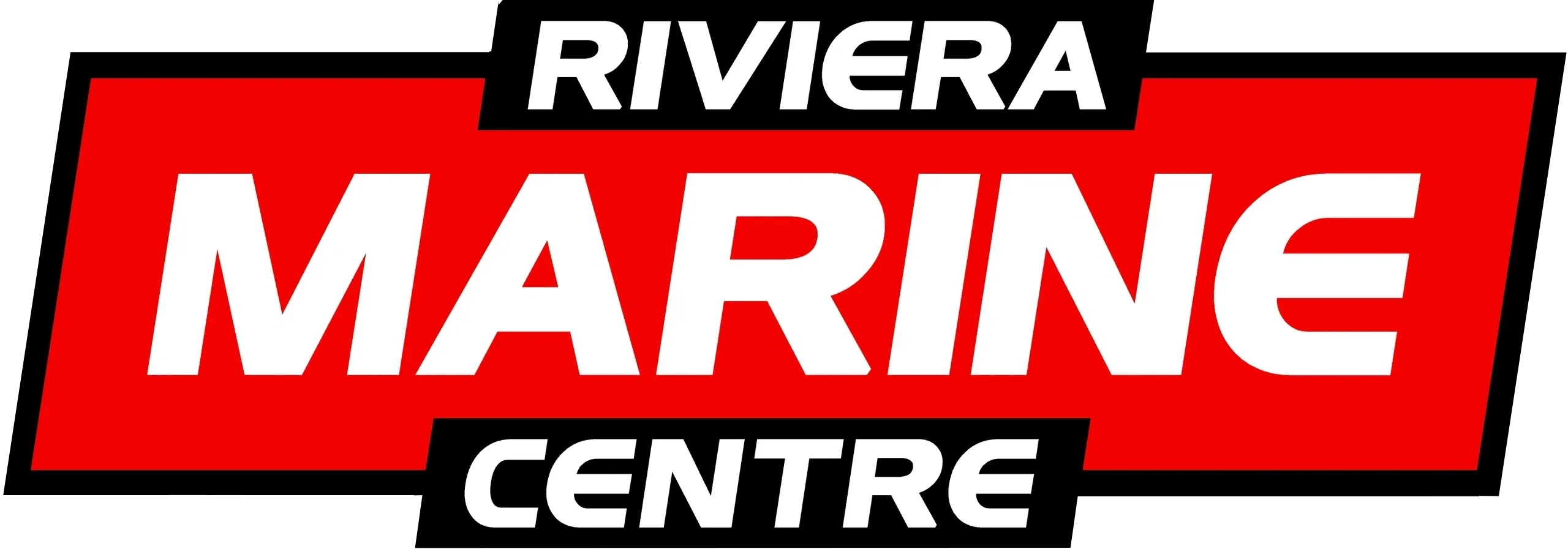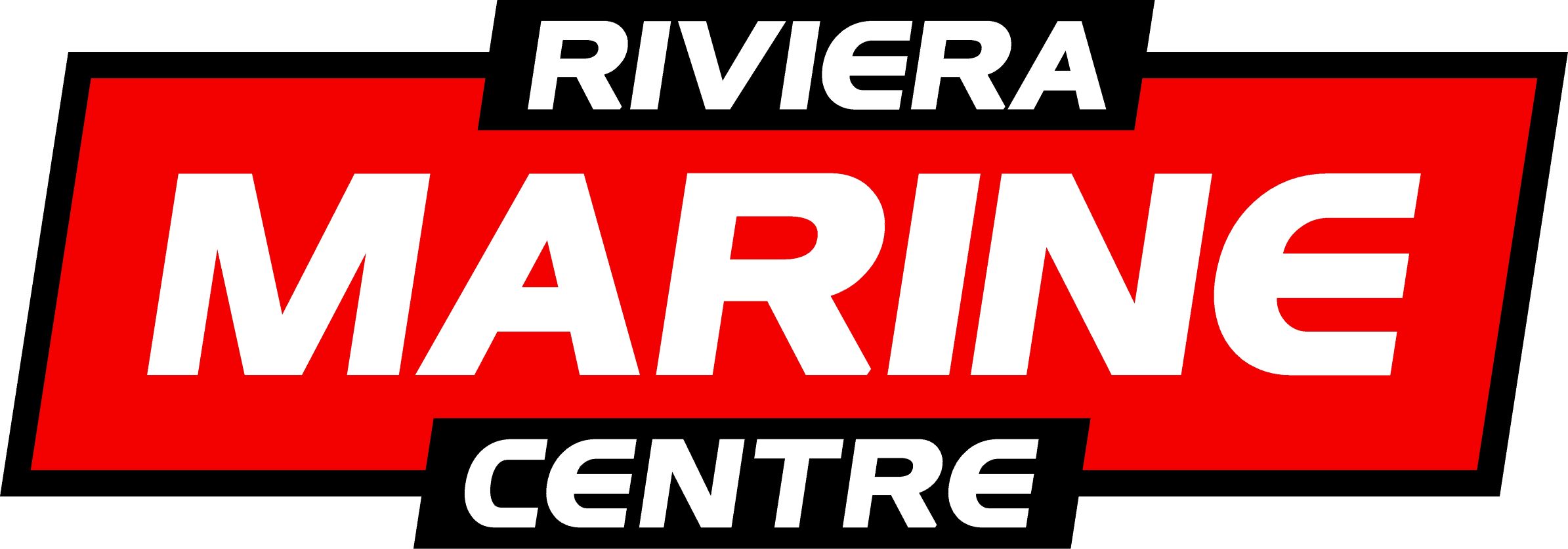
Essential Guide to Marine Grade Rope for Boats: Types, Tips, and Techniques

Every choice we make for our boats affects safety and performance. An often overlooked choice is picking the right rope. But, why is marine-grade rope so important for boats?
It's because marine-grade rope is super strong, very versatile, and light. This rope is the best for boats. It works well for docking, inside the boat, or when lowering lifeboats. So, it's always handy to have around.
Using marine-grade rope for boats is great, but we need to take care of it. Regularly adding lubrication and checking for wear and tear is key. Also, we should follow the maker's advice and consider how the rope is used. Doing this helps the rope last longer and stay safe.
Now, let's look into marine-grade rope more deeply. We'll check out the different types, the materials they are made from, and how to pick the right length and size. Plus, we’ll cover tips on how to best look after your rope. Are you keen to learn all about marine-grade rope for boats? Let's dive in!
Types of Marine Rope
Marine rope comes in different types for many uses at sea. These include docking, anchoring, towing, and sailing.
Braided and twisted are the main styles. Braided rope is softer, flexible, and often stronger than twisted. It lasts long and can take on rough seas well. This kind doesn't unravel easily, offering extra durability. Many boat owners prefer it for its quality and lifespan.
On the flip side, twisted rope is cheaper and has more give. It looks more traditional, which some like. For those watching their wallet, twisted marine rope is a good fit. It holds up decently for daily tasks.
Choosing between braided and twisted depends on what you need for your boat. Think about the boat's size, how you'll use it, and where. Picking a strong rope that fits your boat well ensures your anchor holds safely.
Materials and Fibers Used in Marine Rope
The marine rope is made using different fibres to match boating needs. The best saltwater rope must be strong and last long. Let's explore the materials commonly found in marine ropes.
Nylon:
Nylon stands out for its stretchiness and strength in marine ropes. It's great for anchoring boats thanks to its ability to handle shock loads. Plus, it stays strong even in salty water, proving its value in marine settings.
Polyester:
Polyester ropes are durable and can withstand the sun's rays for a long period. They do very well in all marine uses and are often seen in rigging. Their strength and UV resistance make them a top choice for many boaters.
Polypropylene:
Polypropylene is light and floats well in water, which is perfect for some boating needs. Although not as strong as some, it's great for fun on the water. It's mostly used in recreational boating and sports activities where buoyancy is important.
Kevlar:
Kevlar is known for its immense strength and stability under heavy loads. It's used in tough boating conditions that demand a lot from the rope. With great resistance to wear and tear, Kevlar ropes are a solid choice for serious boaters.
Choosing the right rope involves looking at the boating task, your funds, and the environment. Picking the perfect material mix ensures your marine rope is ready for the sea's challenges.
Selecting the Right Length and Size of Rope and Chain
Choosing the right rope and chain for your boat is important. It depends on your boat's length and the water depth. Typically, you'll need 8 feet of rope for every 1 foot of water depth.
The thickness of the rope matters too. For every boat's 9 feet, use a rope about 1/8" thick. This makes sure the rope is strong enough for anchoring.
Don’t forget about the chain. Plan to have 1 foot of chain for every foot of the boat. Chain type changes if you use a windlass, so choose the right one.
Proper Care and Maintenance of Marine Rope
Taking care of your marine rope is vital for its long life and top performance. By doing certain things regularly, you make your marine rope last longer.
Preventing Chafing
Chafing is a big problem with marine rope, and it happens when the rope rubs on something. To stop chafing, you can use chafe guards. These guards reduce the rubbing, keeping your strong marine rope in good shape.
Avoiding Fraying
When rope ends start to fray, your rope gets weaker. To keep this from happening, tie the ends of your rope tightly before cutting them. Then, use a lighter or hot knife to melt the ends. This method seals the rope's ends, helping to keep it strong.
Proper Coiling Techniques
Storing your marine rope the right way is key to avoiding damage. To coil it properly, start with a small loop. Then, keep wrapping it neatly with each loop overlapping the last. Finally, store the rope in a dry, airy spot to keep it as good as new.
Regular Cleaning and Inspections
Clean your marine rope with fresh water to get rid of salt and dirt that harm it. After cleaning, let it air dry completely. Also, check your rope often for any damage like fraying or weak spots. Fix these problems early to avoid bigger issues and keep your rope strong.
Following these tips will keep your marine rope ready for any boating adventure. Choose a durable marine-grade rope and take good care of it for safe, reliable boating.
Conclusion
Marine-grade rope is key for boat owners, bringing top-notch strength, durability, and reliability. Knowing the many marine rope types, choosing the right length and size, plus doing routine care, mean safer and more effective boat anchoring. Regular checks and adding lubricant keep your marine rope at its best.
For the best marine supplies, such as top-notch boat rope, head to Riviera Marine Centre in Australia. Our experienced crew provides helpful advice and offers top-of-the-line products from top brands. We are your go-to for quality boat rope and all marine essentials.
Choosing marine-grade rope means having full faith in your anchoring. Count on Riviera Marine Centre for outstanding products and unmatched service for all marine needs.






